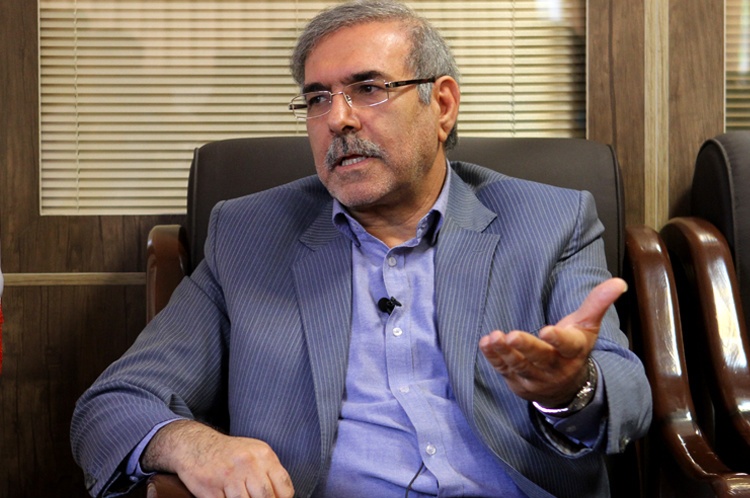An estimated 90,000 jobs have been created in Iran’s Free Trade Zones during the past four years, says the secretary of High Council of Free Zones, Morteza Bank.
According to the official, 265,000 people are employed in the FTZs and 180,000 in the Special Economic Zones, IRNA reported.
“There are 6,000 people working in Kish Island alone in the field of tourism,” he was quoted as saying.
Bank said $2.5 billion worth of goods were exported from the zones during the period, noting that this year’s exports are expected to reach $1 billion.
Iran is home to seven free trade zones, namely Kish, Qeshm, Chabahar, Anzali, Arvand, Maku and Aras.
As for the Special Economic Zone, $77 billion worth of goods were exported during the period.
Moreover, $18 billion worth of goods were imported through the FTZs and SEZs in four years.
The majority of imports included raw materials, petrochemicals and steel.
The term special economic zone is commonly used as a generic name to refer to any modern economic zone, where business and trade laws differ from the mainland.
Broadly, SEZs are located within a country’s national borders – unlike free trade zones on the edges -- and aim to increase trade and investment, create jobs and improve administration.
To encourage businesses to set up in economic zones, liberal policies have been enacted for promoting investments, tax regimes, trade, quotas, customs and labor regulations.
The creation of special economic zones was also motivated by the desire to attract foreign direct investment. The benefits of companies based in such zones include production and sale of goods at globally competitive prices. The operating definition of an economic zone is determined individually by each country.
In November, the High Council of Free Zones and the Organization for Investment, Economic and Technical Assistance of Iran signed a memorandum of understanding to boost foreign direct investment in free trade zones, ISNA reported. It calls for “improving the strength of the national economy by using the capacity of private sector cooperation and foreign investments in economic projects in free zones with the goal of facilitating and expanding production and exports, transfer of technology and providing resources to optimize the use of investment opportunities.”


